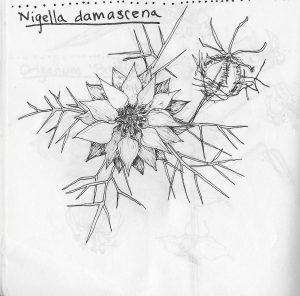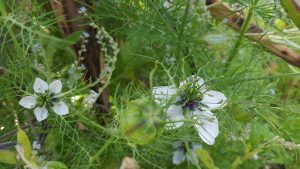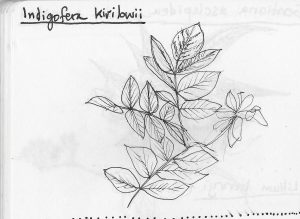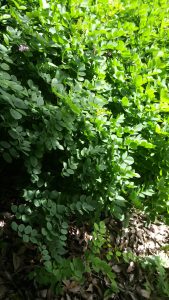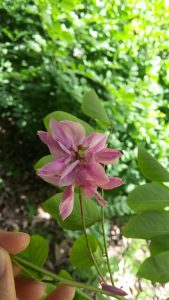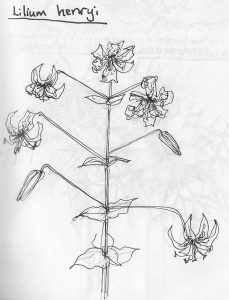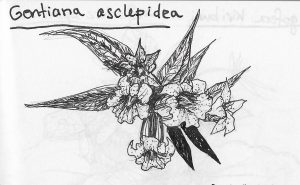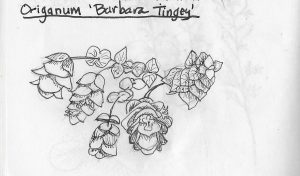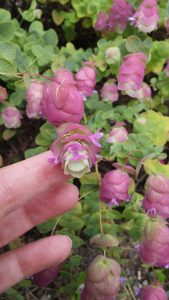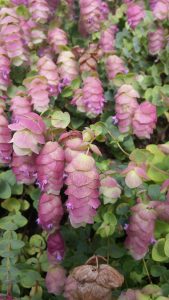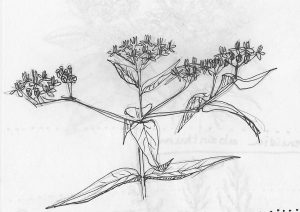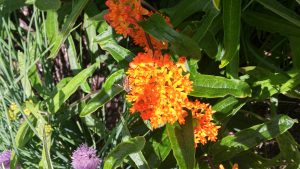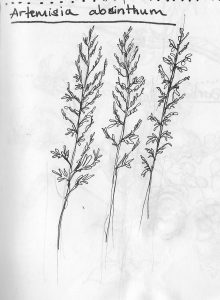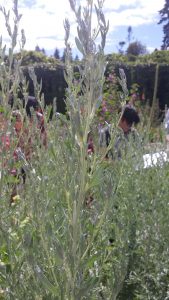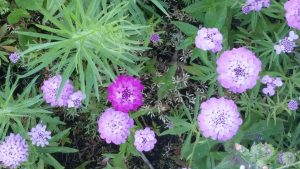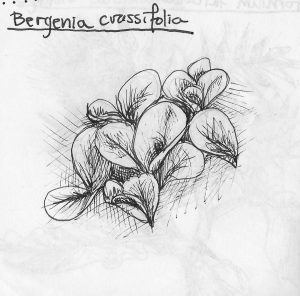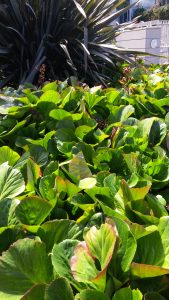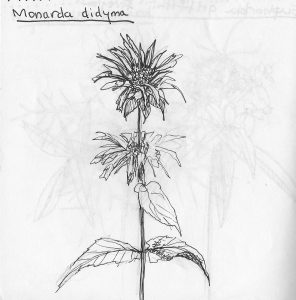
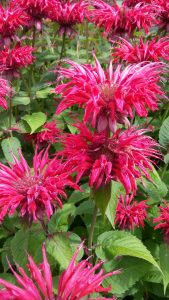
Common name: bee balm
Family name: Lamiaceae
Description: Tall plant with stems that are square in cross-section and aromatic opposite leaves. Large pink flowers appear on the terminus of each stem.
Flower: Unusual, very pink flower that has an almost spiky, shaggy appearance. The individual petals are tube-like. Colours can range from wine red to pink, white, and red. Long blooming period from July to September.
Foliage: Simple, opposite, heavily veined leaves with a distinctive smell; green to dark green with reddish veins; has a reddish fall colour.
Growing conditions: Morning sun, part shade, full sun only if kept moist; likes a moist site.
Height and spread: 0.7-1.3m by 0.3-0.6m
Limitations: Needs morning sun and good air circulation to limit the spread of powdery milldew. An unusual flower, so it must be placed with care, as it will draw the eye.
Landscape uses: This plant attracts beneficial insects and animals such as bees (as the common name implies), butterflies and humming birds. M. didyma is quite a tall plant, so locating it at the front of the border in a mass has quite an impact and allows people to inspect its unusual, spiky-looking flowers closely, and observe whatever insects or birds are drawn to them. One thing that I really like about this plant is how the new flower stems sprout from the centre of the old flower, something that I found very unusual, and may not have noticed if it had been planted at the back of the border.
